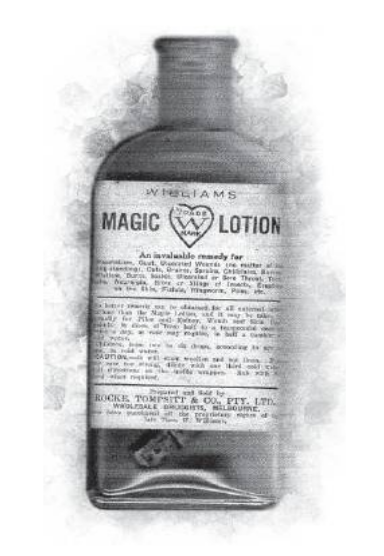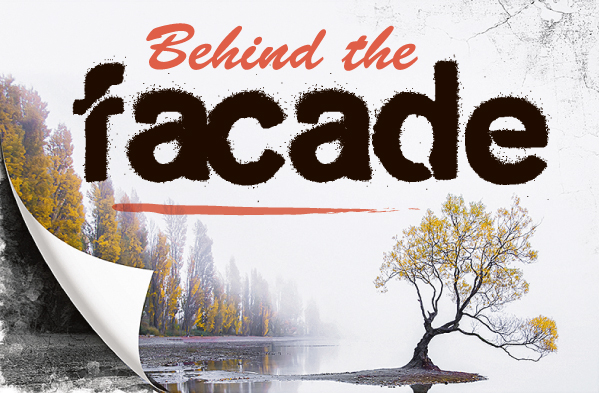Choosing to take drugs is not new — so where did our country and community’s relationship with substances originate, and what legislation has formed around taking drugs?
Te Ara Encyclopedia of New Zealand recorded opium was first introduced into New Zealand with the arrival of early settlers during the late 19th century.
“Before 1900 settlers from the United Kingdom came from a society where there was widespread medical use of some drugs, especially opium, and this habit was brought to New Zealand,” Te Ara reported.
It was common practice at the time to quieten infants with syrups containing opium.
The gold mining era saw the emergence of “opioid dens”.
Historically, opium was associated with the arrival of Chinese miners based on an increase of dry opium consumption of 0.85 grams per head in 1867, compared with 3.56g in 1871.
Historical records from missionary Alexander Don, who worked alongside Chinese miners, estimated that only two in 10 used opium recreationally in New Zealand.
The British introduced opium into China, while seeking an export from India to pay for Chinese tea, silver and porcelain.
Prior to the early settlers’ arrival, Maori had no known recreational drugs.
The establishment of the Opium Prohibition Act 1901 made it illegal to smoke opium in the early 1900s, and doctors identified opium addiction as a “disease”.
Te Ara recorded “the temperance and social-purity movements saw drugs as undermining moral cleanliness and free will — although they [doctors] believed the dangers were less than the problems created by alcohol’’.

PHOTO: ODT FILES/SUPPLIED
Between 1901-27 laws such as Quackery Prevention Act 1908 and Dangerous Drugs Act 1927 were introduced.
This legislation did not end the use of opium or heroin, and by the 1940s New Zealand had the highest heroin usage per capital in the world.
“In the late 1940s, it was discovered doctors were prescribing heroin so freely that New Zealand had one of the world’s highest rates of use per person,” Te Ara reported.
Heroin usage had drastically reduced by 1955 and during the same year, in response to a World Health Organisation request, New Zealand agreed to end cannabis imports.
New Zealand entered the 1960s with low acceptance of recreational or addictive drugs, Te Ara noted.
The police publicly took the position that marijuana created homicidal urges, and in 1964, police officer Bob Walton was sent to the US to learn more about American drug policies and enforcement methods.
In the United States, attitudes around marijuana’s “homicidal urges” were reflected in a 1938 Readers Digest interview with commissioner of narcotics Harry Anslinger.
“Marijuana is the unknown quantity among narcotics. No-one knows, when he smokes it, whether he will become a philosopher, a joyous reveller, a mad insensate or a murderer,” Anslinger said.
He was influential in global drug legislation through the 20th century.
In his 2015 book Chasing the Scream, journalist Johann Hari traced the origins of modern “war on drugs” back to the 1930s, with Anslinger’s introduction into the US Bureau of Narcotics.
Bob Walton’s return to New Zealand saw the first drug squad and the Narcotics Act 1965 established, which introduced a penalty of 14 years’ imprisonment for possession of more than one ounce of marijuana.
Recreational drugs such as LSD appeared in New Zealand around 1967, and Te Ara reported “per-capita taking of the drug was said to be the highest in the world during the two decades that followed’’.
In 1974 there were 24 drug-related criminal cases; by 1979 it had risen to 300.
Classifications of the three classes of drugs were introduced under the Misuse of Drugs Act 1975.
In May, the Misuse of Drugs (Classification and Presumption of Supply) Order 2022 was passed, changing the classification of 49 substances including prescription medicines, psychoactive substances, controlled drug analogues, and precursor substances.





